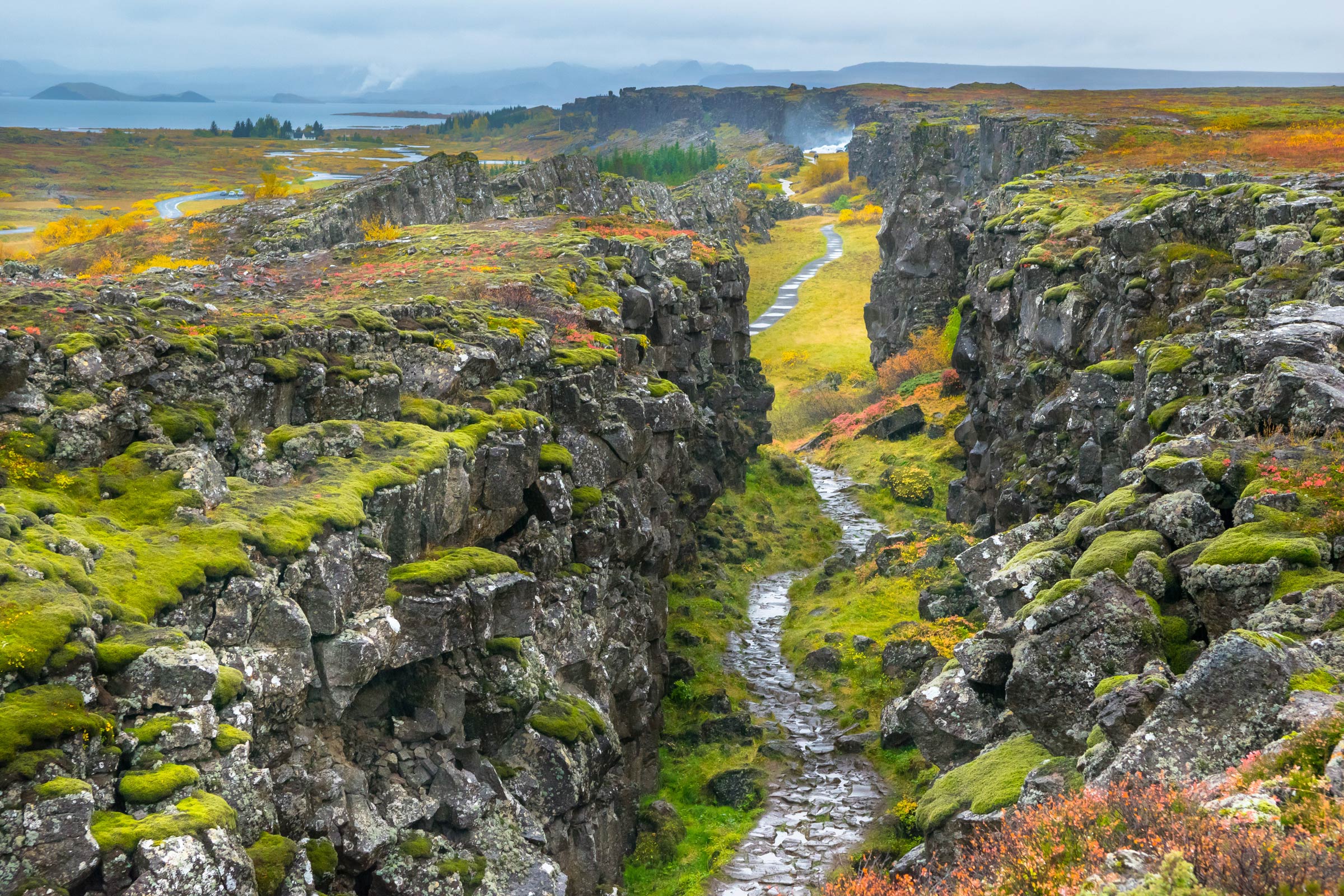
Environmental Geodesy
Research in geodynamics and environmental geodesy encompasses all aspects of deformation of the solid Earth and its fluid envelope.
About
Research in geodynamics and environmental geodesy encompasses all aspects of deformation of the solid Earth and its fluid envelope, including the development of models of the past ice history of the Earth, the effects of climate change on polar ice sheets, sea level variations, elastic tidal deformation of the Earth and more conventional studies of tectonic deformation through earthquakes, Interferometric Synthetic Aperture Radar, GPS etc.
Space-geodetic techniques such as the recent Gravity Recovery and Climate Experiment (GRACE) mission and JASON-1/2 and Cryosat-2 satellite altimetry mission provide new observations of the changing nature of our planet. We can use these tools to investigate how climate change is affecting the environment, notably changes in sea level, rates of melting of polar ice caps and even ground water storage.
The Structure Tectonics Team at ANU engages in research related to the discipline of Structural Geology and Tectonics. Some of us engage in research that attempts to link what we see in the field (with projects in the Alps, the Aegean, the Himalaya and in Indonesia), with what we see in thin section, dating timing of processes such as shear zone movement or episodes of mineral growth or recrystallization using 40Ar/39Ar geochronology in order to link to large-scale processes. Others of us build models of regions using geophysical datasets (e.g., 4D SE Asia), seismotectonics (e.g., using eQuakes) so we can link what is happening now into deeper time, and 4D tectonic reconstruction (using Pplates) in order to develop kinematic models that help us unravel the complexity of the geological process and how these processes link to the interaction of the subducting slabs.
The Rock Physics group investigates macroscopic physical properties such as strength, permeability or seismic wave speeds and attenuation. These are interpreted through microstructural studies centred around light and electron microscopy. The Group's research centres on investigation of the physical behaviour of geological materials under controlled laboratory conditions and application of the resulting insights to the structure and processes of the Earth. Measurements of macroscopic physical properties such as strength, permeability or seismic wave speeds and attenuation, are interpreted through microstructural studies centred around light and electron microscopy. Often it is necessary to prepare, from either natural or synthetic precursors, simpler synthetic materials whose properties are amenable to more detailed interpretation than those of complex natural rocks. Our interest in Earth materials is shared by members of the School's Petrochemistry and Experimental Petrology Group, who focus primarily upon the chemical aspects of their behaviour.


















